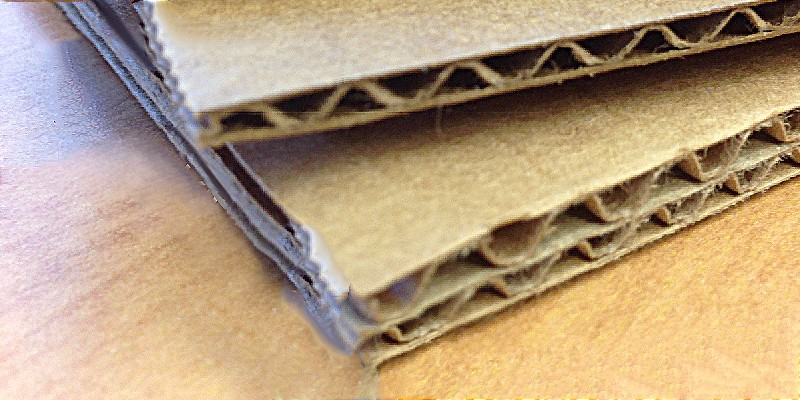
Packaging is a powerful marketing tool. But, picking the right box for your products can feel overwhelming. This makes it important to do a bit of research to understand the kinds of boxes and the ins and outs of each type. Knowing the pros and cons of each will help you determine the right one for you.
Before you choose a box type for your product packaging, you must consider the kind of box you need. This can save you money and time in the long run. Packaging is not just about design. You must think about durability, functionality, strength, and other factors. This article explores the qualities of double-wall boxes and how they differ from single-wall boxes.
What are Double-Wall Boxes?
Double-wall corrugated board boxes are sturdier and more rugged than single-wall boxes are. They are made with fluted paper sheets pressed in place in between two sheets of liner paper. The boxes’ inner and outer components can be made from different materials such as recycled paper, test paper, and Kraft paper. The kind of paper used and the size of the flutes determine the strength and durability of the boxes. Double-wall boxes have two layers of the fluted center material while single-wall boxes only have one.

Using Double Wall Boxes
Double-wall boxes are a great pick for heavier and more fragile products. Also, they are ideal for products that must be safely stacked and store in transit or warehoused while waiting for distribution. The rigidity of these boxes allows them to better withstand long-term stacking and storing conditions. Usually, these boxes are used in retail outlets and manufacturing facilities. Just like single-wall boxes, double-wall boxes provide more insulation and protection against sudden or volatile temperature changes.
When Not to Use Double-Wall Boxes
Double-wall boxes are not the perfect option for products that won’t be stored for any length of time and are not quite heavy or sensitive to temperature. This has to do with the extra investment in terms of costs. Typically, single-wall boxes do a good job of packing and moving or storing lightweight products or goods.
When it comes to the costs, though, double-wall boxes are a bigger investment than their single-wall counterparts. However, they can pay for themselves when you evaluate the expenses and overall costs of replacing any damaged items that can result from using single-wall boxes that do not get the job done right.











